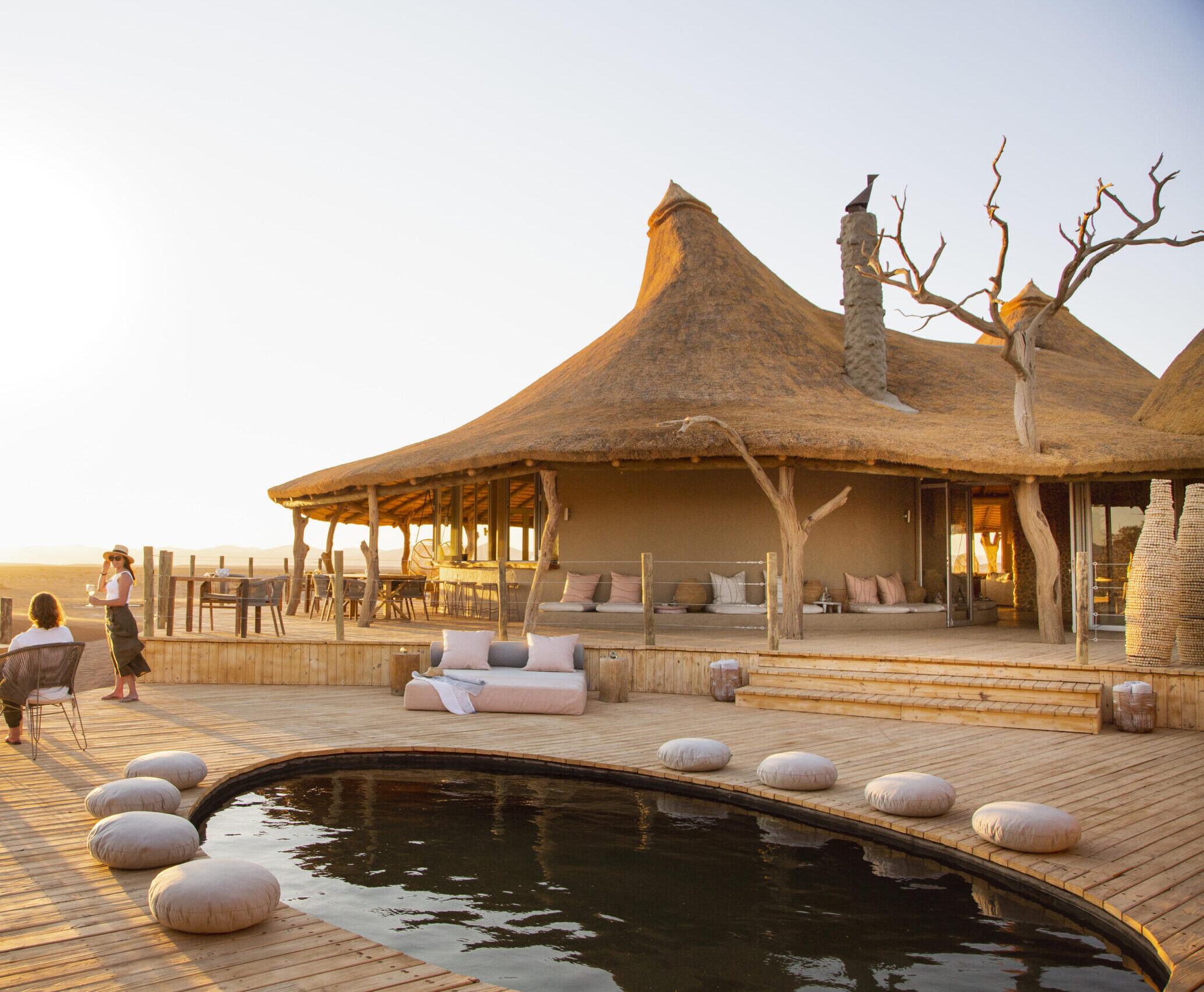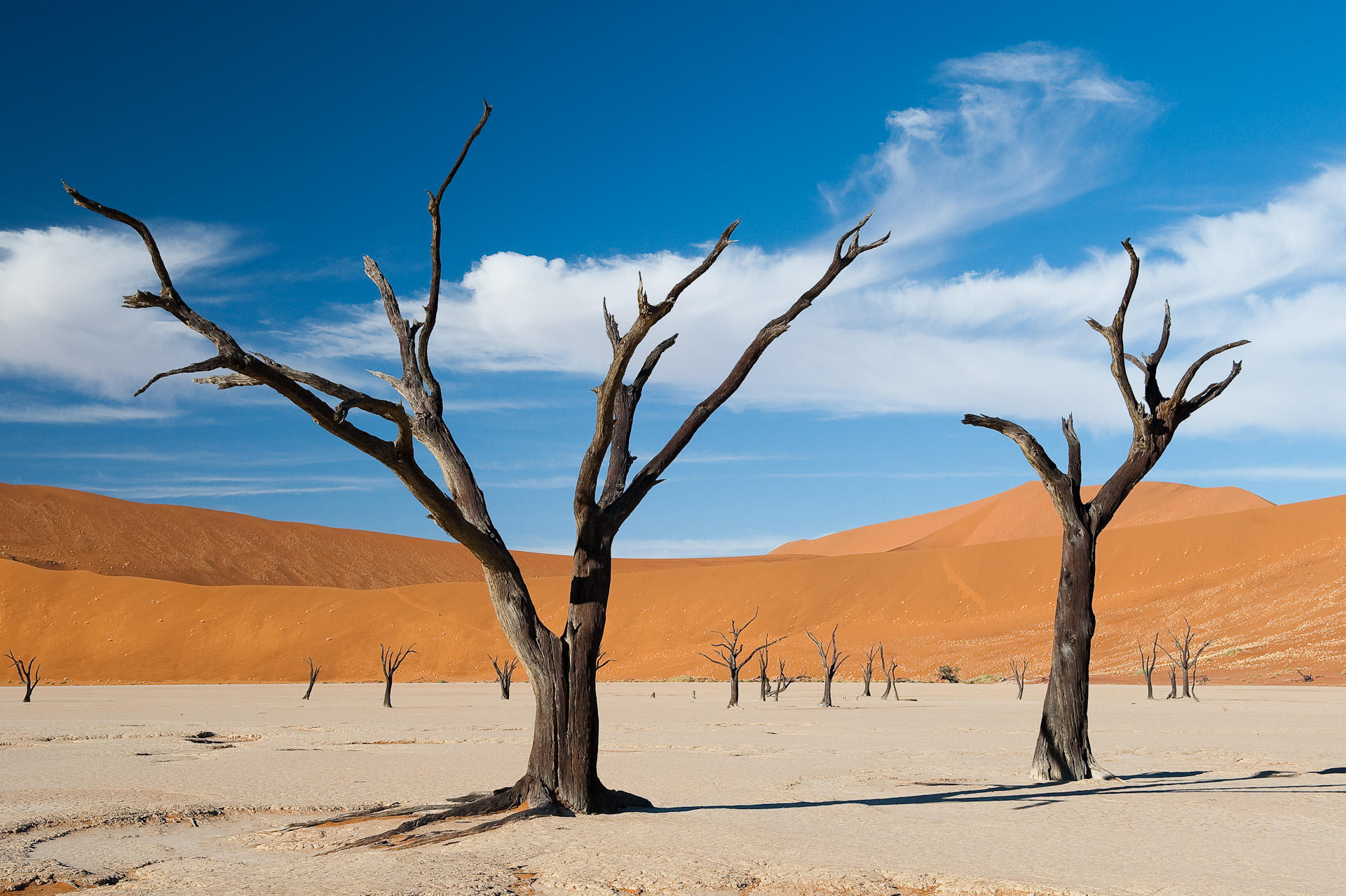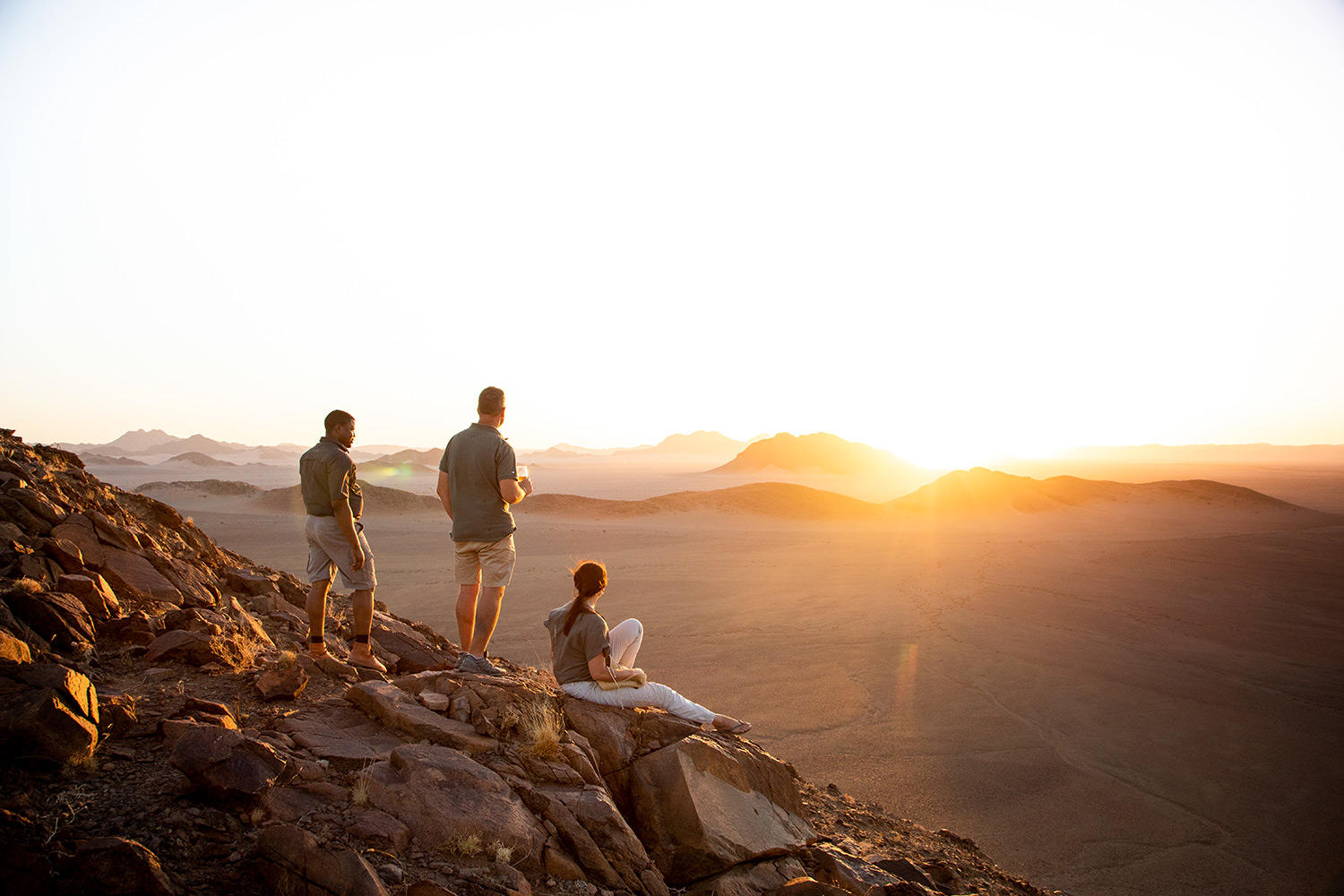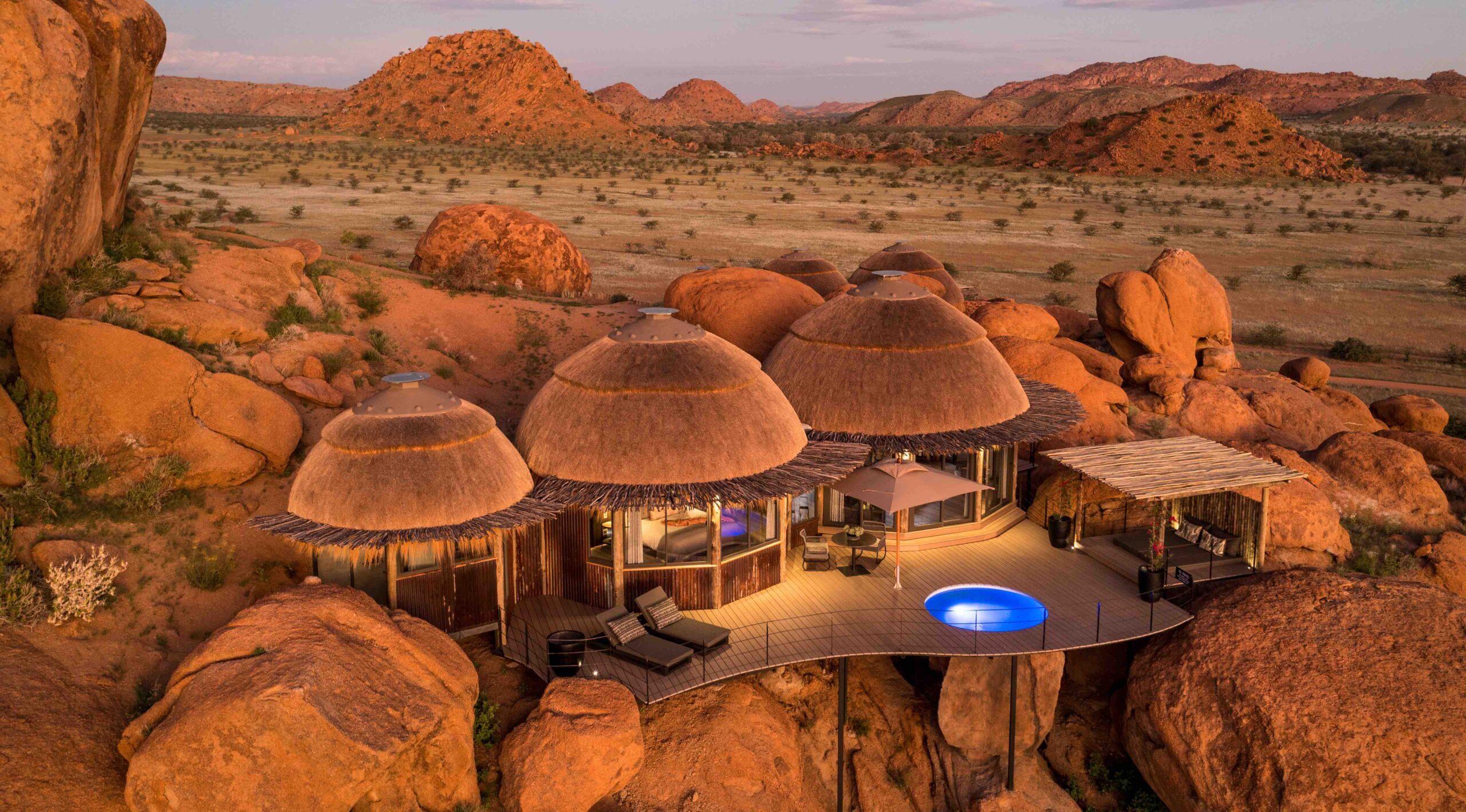When people think about ‘Africa’ most picture an open yellow ochre coloured savannah, the occasional acacia tree and a pride of lion lying in the shade eagerly eying up their next meal. Whereas actually, the incredible thing about this continent is that each country is completely different. So no two trips to Africa are ever the same. Namibia is a perfect example of this, as the rugged, harsh beauty of its landscapes could not be any more different than the game rich plains of East Africa.
A holiday to Namibia is not solely about the wildlife, but more about exploring incredible areas of breath-taking wildernesses and in turn learning about the desert adapted species that have managed to survive in this hostile environment. Almost half of this Southern African country is dedicated to conservation management, so it is no wonder that it is such a hidden gem.
Why we love Namibia
The only thing in Namibia that is small is its population size, everything else in Namibia is big and bold from the rich, red colours of the Namib Desert; to the sea mist rolling in from the Atlantic; to the vast expanse of the Skeleton Coast; to the number of shipwrecks washed up along the beaches; the geological spectacle of the mountains of Damaraland; to the huge stary skies; to the large feet of the desert adapted elephant; to the great white salt pans of Etosha; to the rich culture of the Himba tribe.
Why we think you must visit this country?
A trip to Namibia really installs a true sense of adventure and is a real treat for the senses – there are multiple ways to explore from self-driving, flying safaris, by boat, on horseback or on foot or even a combination of all of the above. There is also no shortage of adrenaline-pumping activities, from sand boarding down the dunes of Swakopmund to quad biking in the desert.
When is the best times to go?
The best time to visit Namibia largely depends on your interests and what you want to experience during your trip, as the country’s climate varies significantly throughout the year. Namibia has a desert climate, characterized by hot days and cool nights, with little rainfall.
The most popular time to visit is in the northern hemisphere’s summer months from June through until October, as typically it is nice and dry and days are lovely and sunny. Namibia, however, is a very arid country so even though their main rain falls from November through until April, showers are often few and far between and the deserts can look beautiful during this time.
Things to do and see?
There is so much to do and see in Namibia, Jo our resident Africa expert has been twice so here are some of her recommendations:
- Watch the sunrise over Sossusvlei and see the colour of the red dunes transform as the sun climbs higher in the ski.
- Stargaze – Namibia boasts some of the darkest and clearest night skies in the world.
- Head up to Damaraland and trek Desert Adapted Black Rhino on foot.
- Explore the Namib Rand by quad bike.
- Take a boat tour from Swakopmund with the chance of seeing dolphins, seals and pelicans on route.
- Go in search of desert adapted elephant.
- Run down the singing sand dunes.
- Enjoy a Namibian sundowner.
- If budget allows take a bucket list 4 day flying safari with Skeleton Coast Safaris flying along the Skeleton Coast and up over Angola!
In summary
In essence, Namibia’s diverse landscapes, unique wildlife, rich cultures, adventurous activities, and exceptional night skies make it a truly remarkable and unforgettable holiday destination for those seeking a one-of-a-kind experience.
Our Namibia Expert Johas over 20 years of experience working across Africa and Sri Lanka, and creating bespoke itineraries. Jo will share everything you need to know and put together an itinerary based on your requirements, while organising everything, including flights and internal transfers.
WhatsApp or speak to Jo on +44 (0) 1306 264005 or email [email protected] or you can also book a slot in her calendar, to chat about a tailor-made holiday to Namibia.




